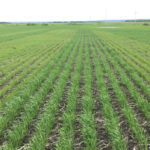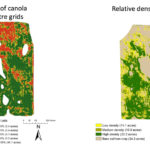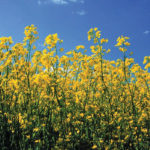
Features

Higher grasshopper nymph populations expected this spring in Manitoba
Manage nymphs in hatching areas before they disperse into crops

Expect flea beetle and cutworm issues in Alberta fields
Grasshopper population levels will depend on weather, for one

Crop advisor casebook: Seeding issue makes for unhealthy wheat plants?
A Crop Advisor's Solution from the May 12, 2020 issue of Grainews

How to use remote sensing for crops to its fullest potential
Images from drones and satellites can be part of a much bigger picture

How often should you check tire pressure and why does it matter?
You could be risking your soil health, crop yield and operating efficiency

What weed experts say you should have your eye on in 2020
A province-by-province look at what you need to know about weeds this growing season

Crop advisor casebook: Crop circles in Manitoba soybeans
A Crop Advisor's Solution from the April 21, 2020 issue of Grainews

What to do about volunteer canola in 2020 after “harvest from hell”
Here are some management steps to control this weed in your fields

Watch for expansion of waterhemp, Palmer amaranth and kochia in 2020
Serious weed threats continue to advance and grow, farmers urged to test for resistance

How to minimize soil compaction on your farm
Compaction facts, how to tackle it and its effect on your farm’s bottom line


